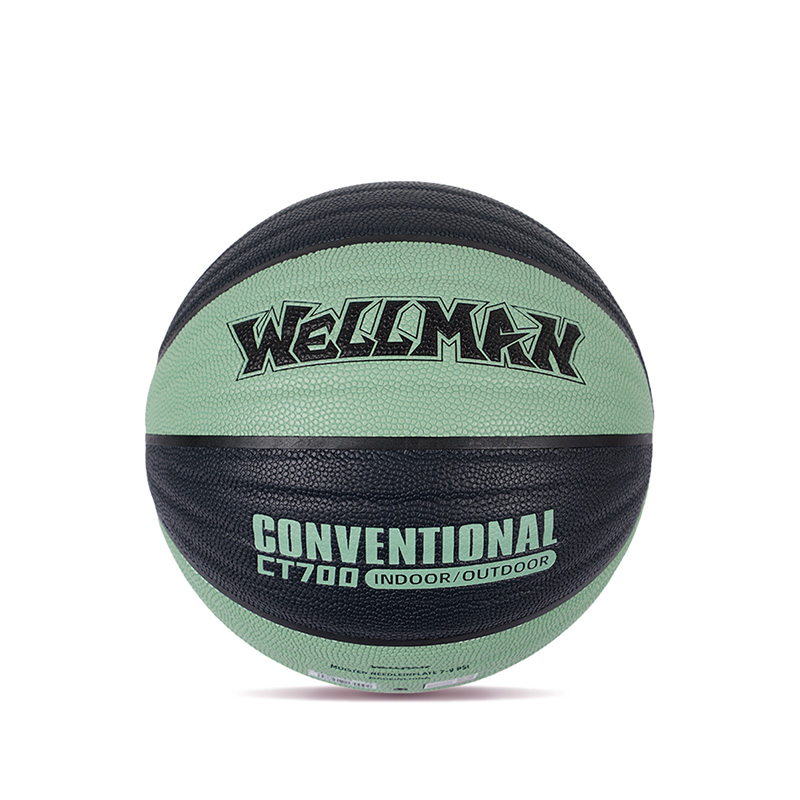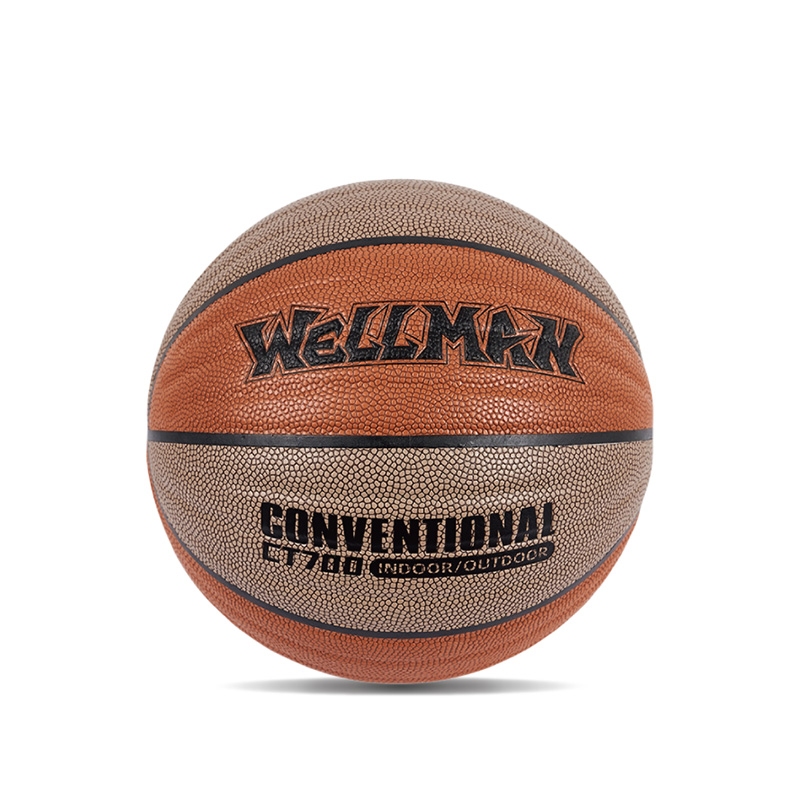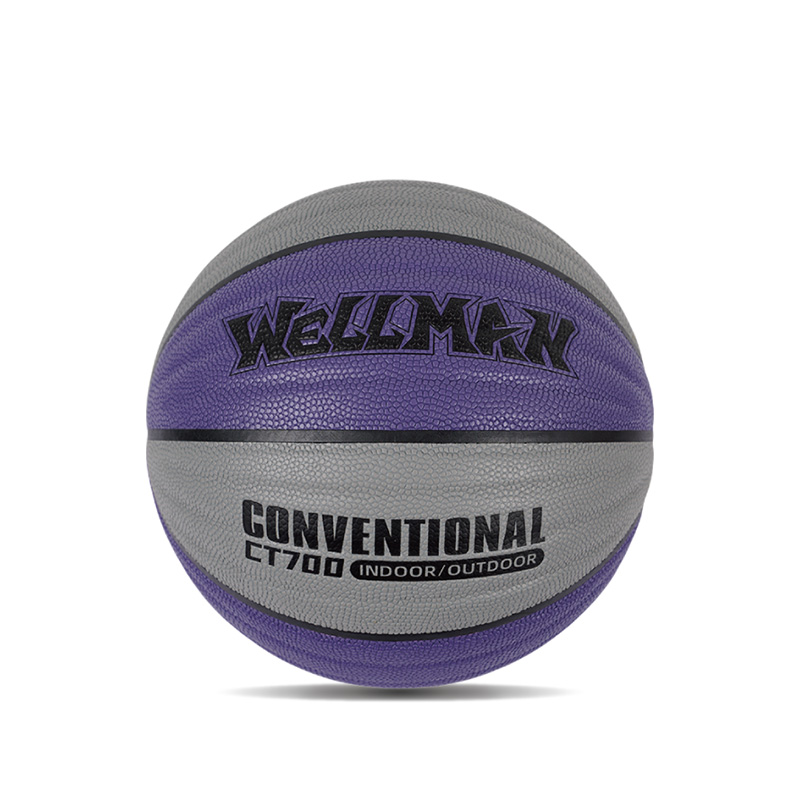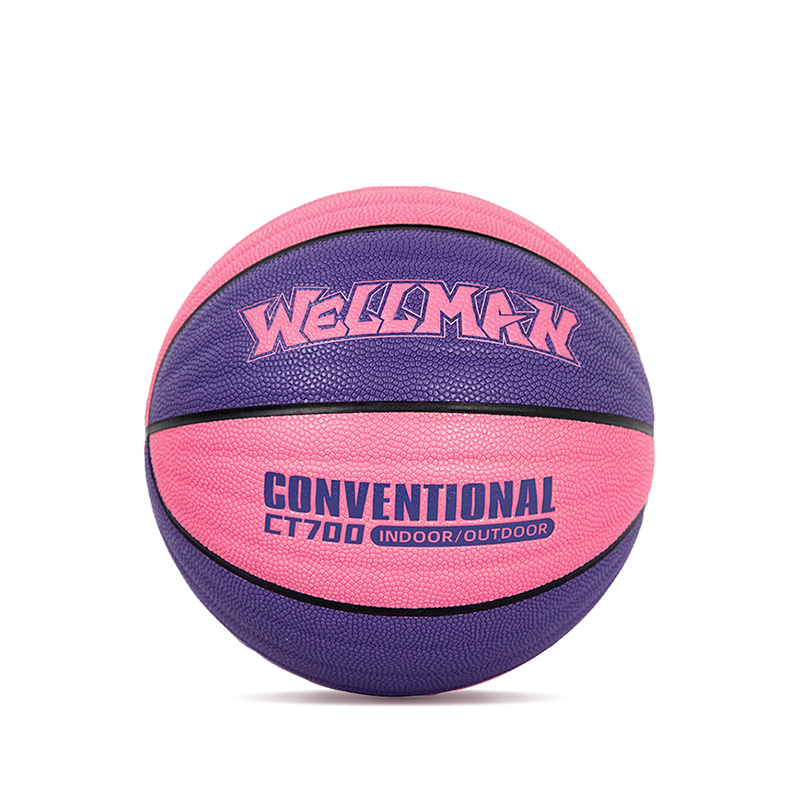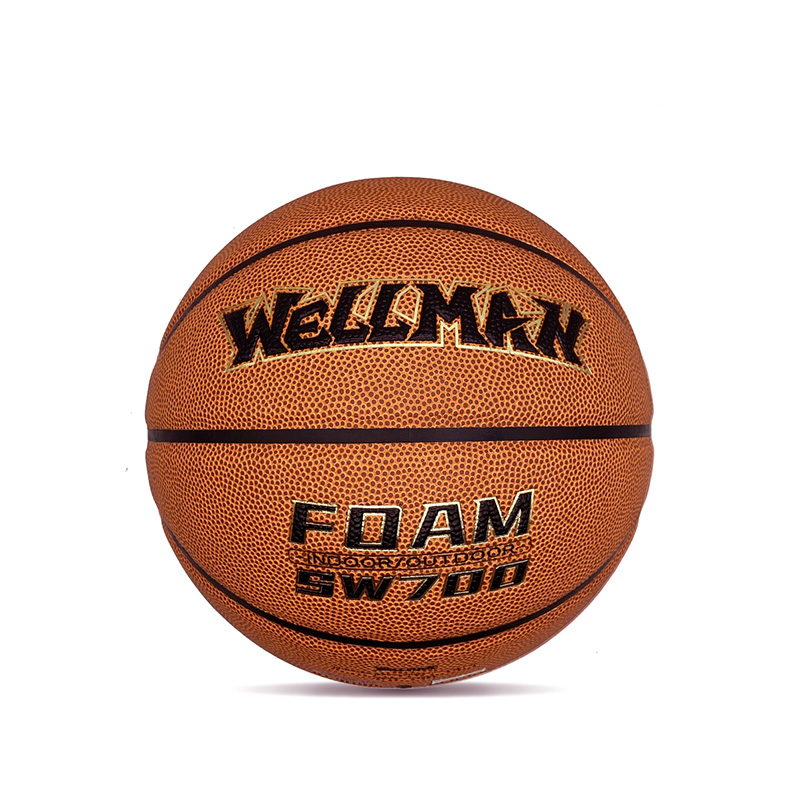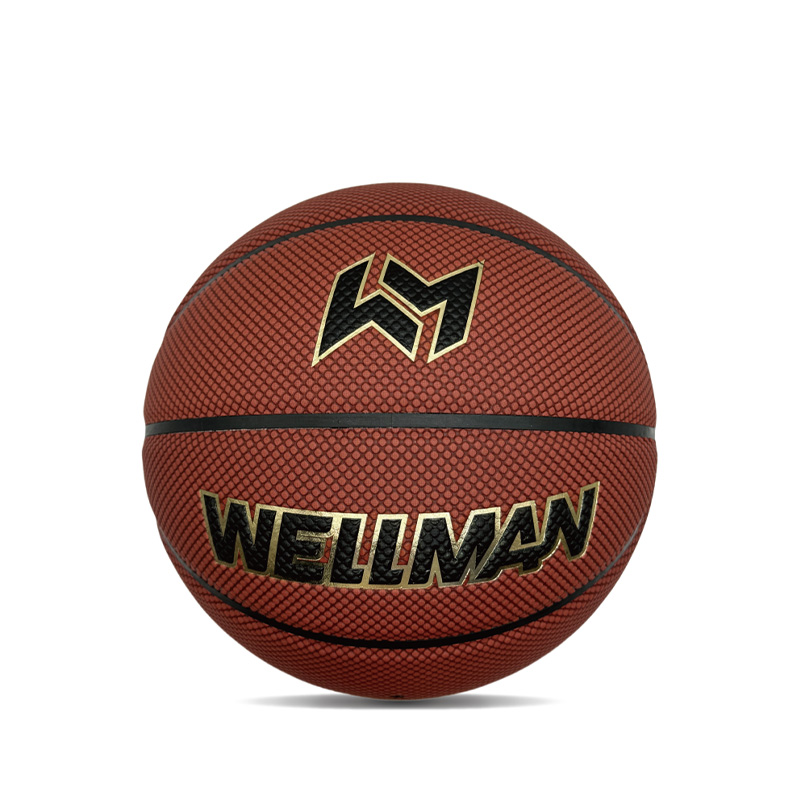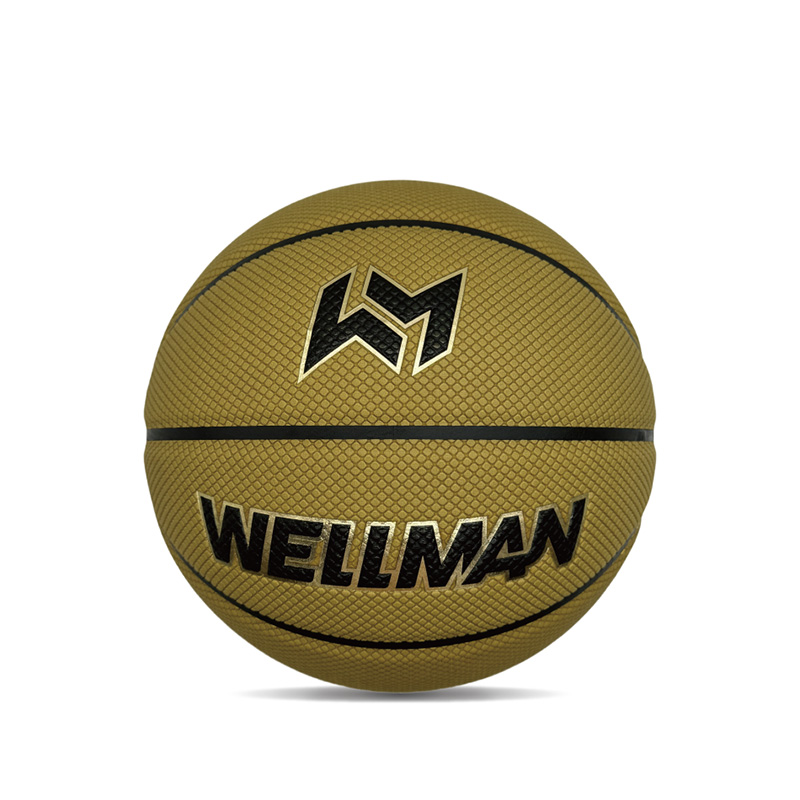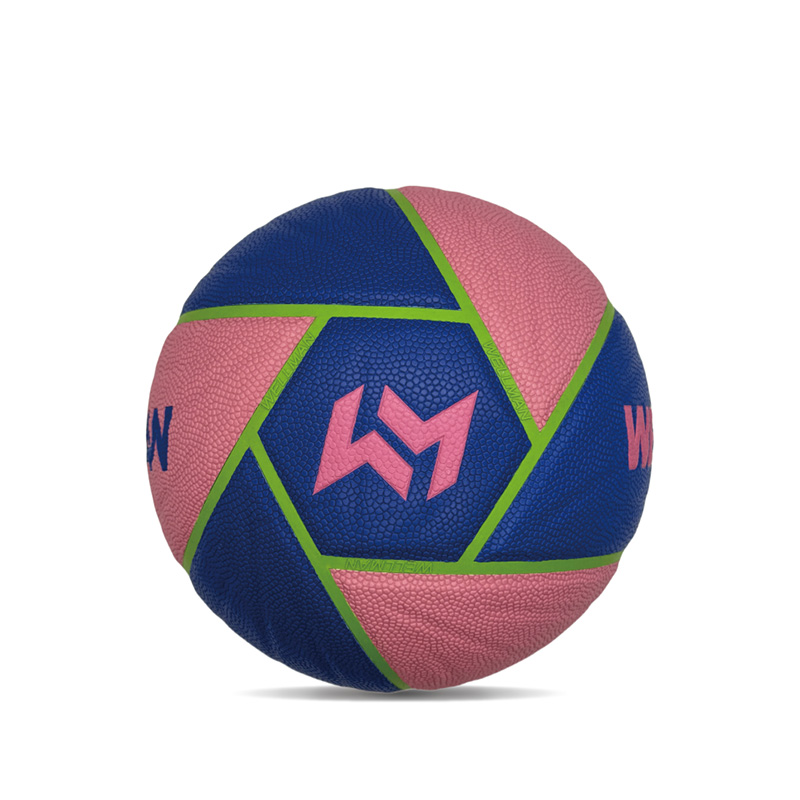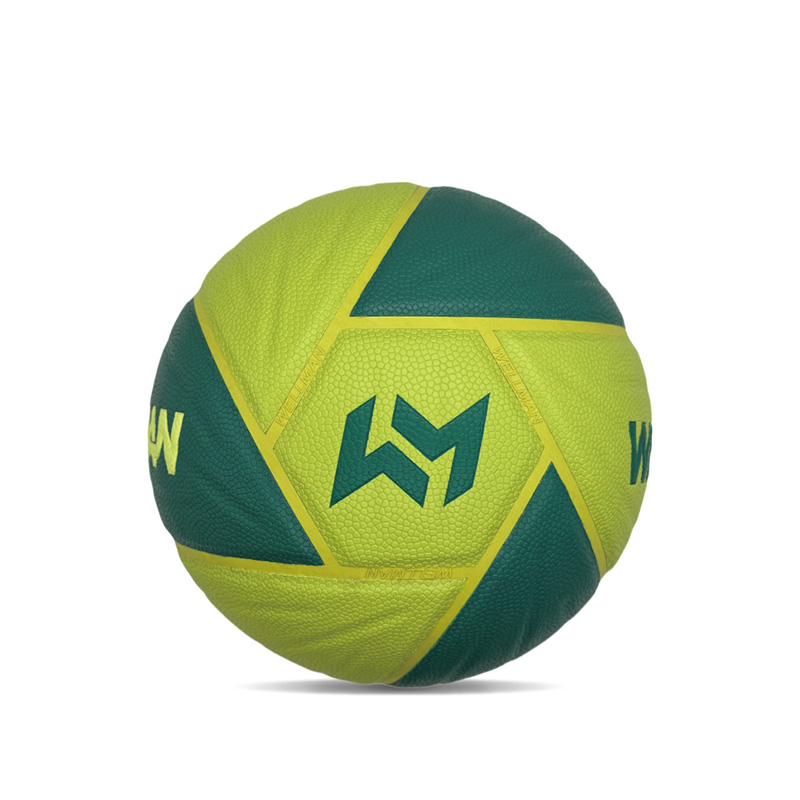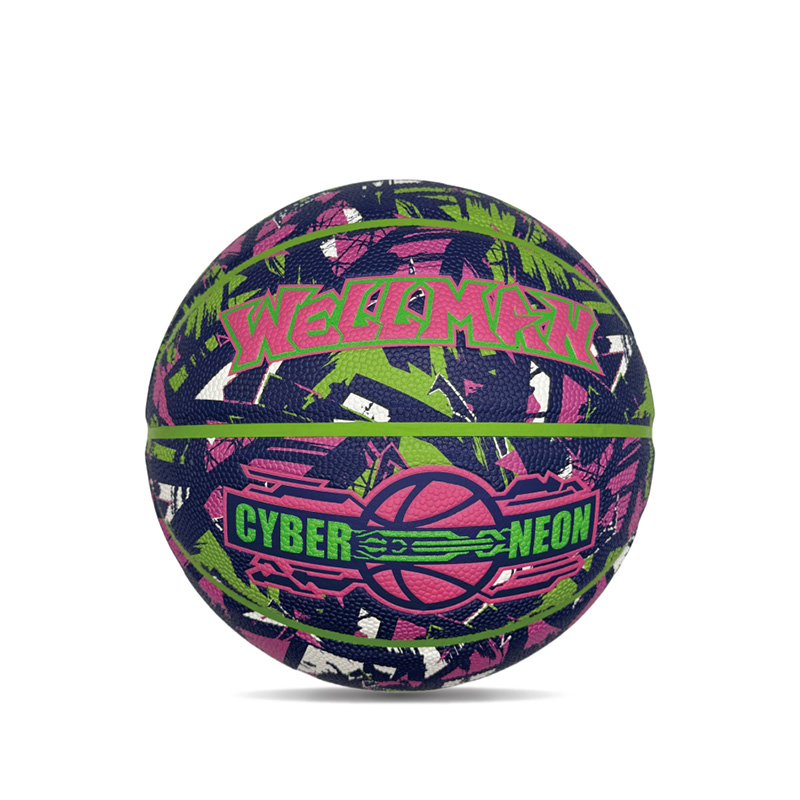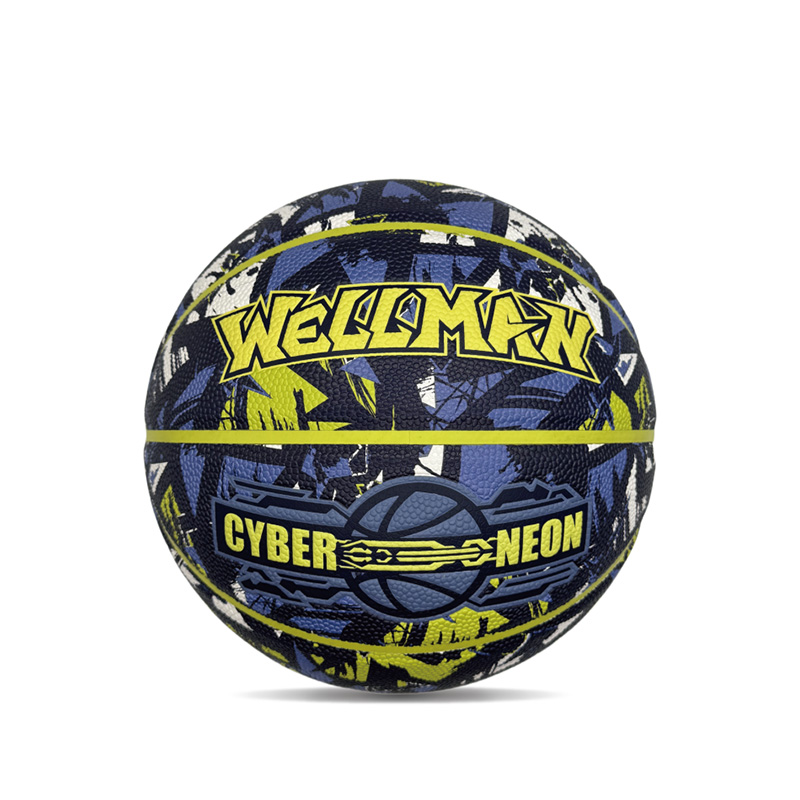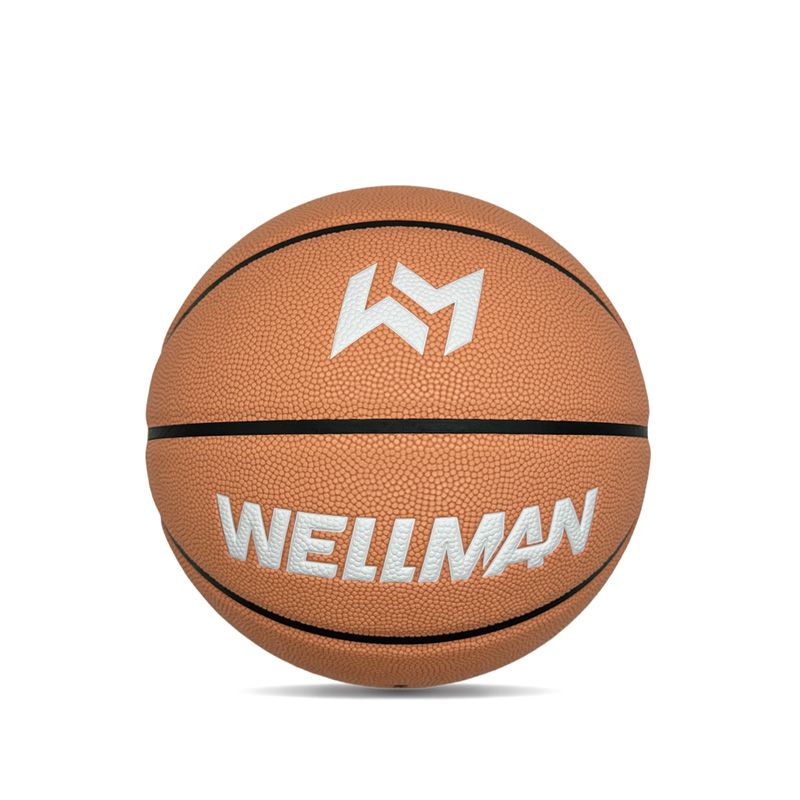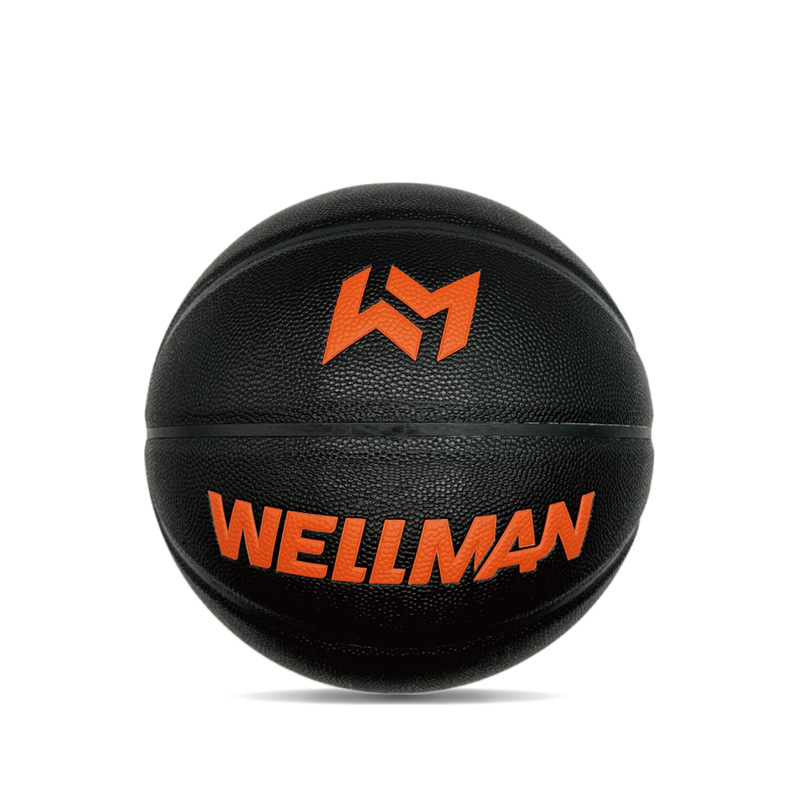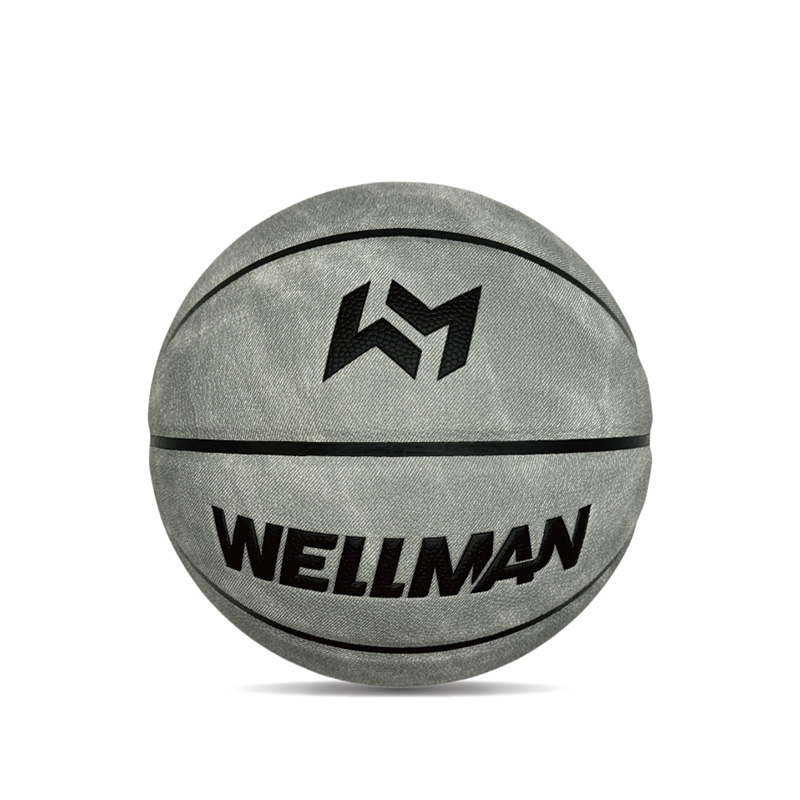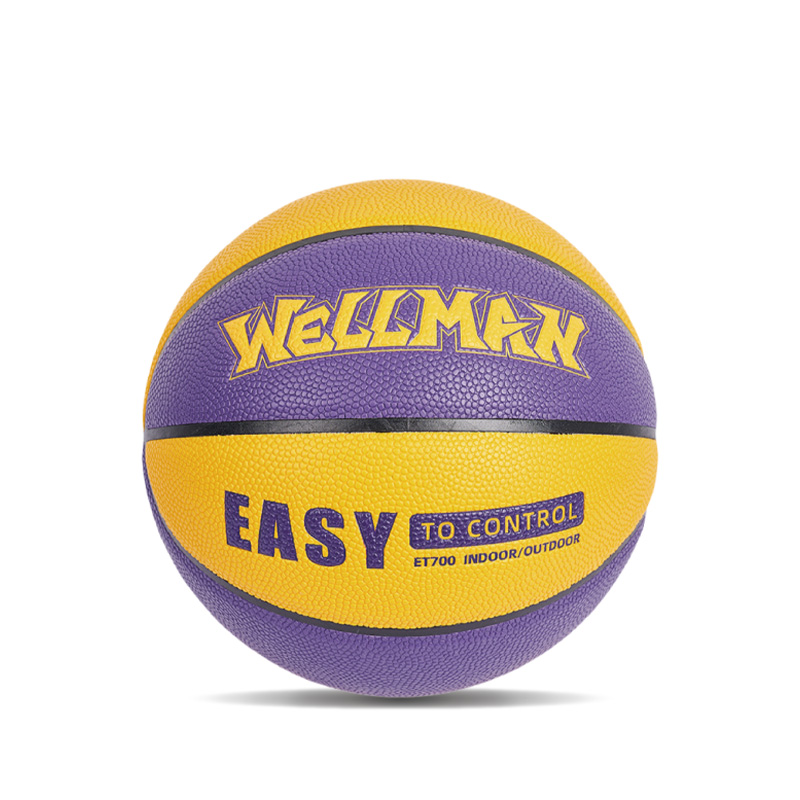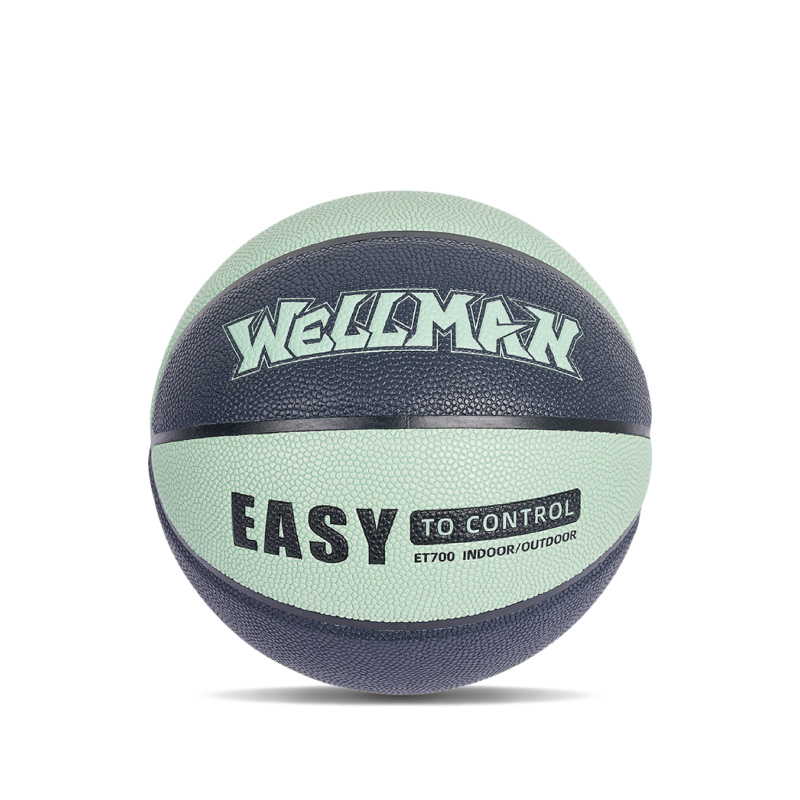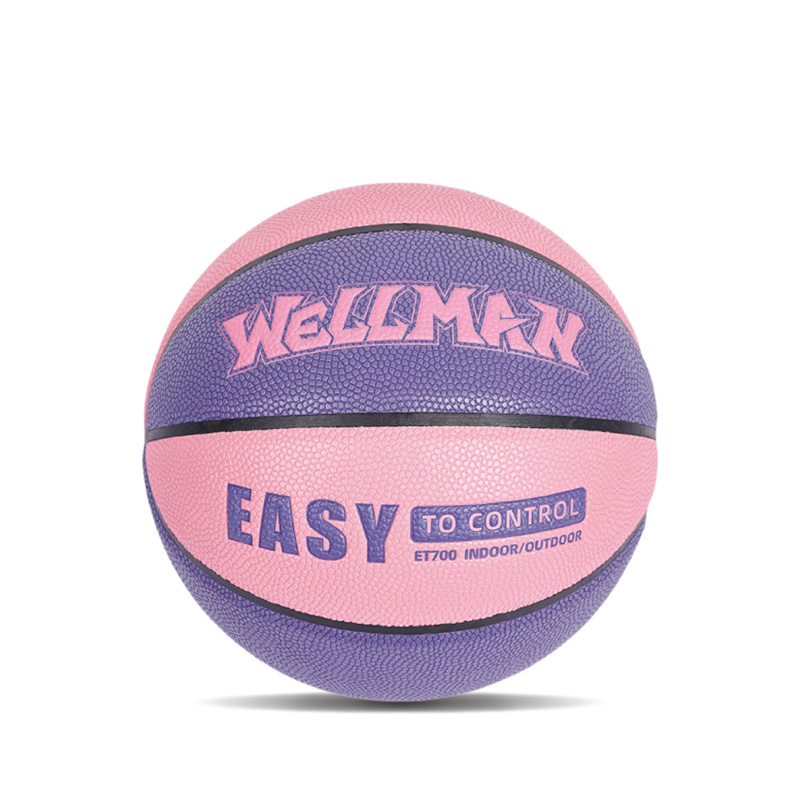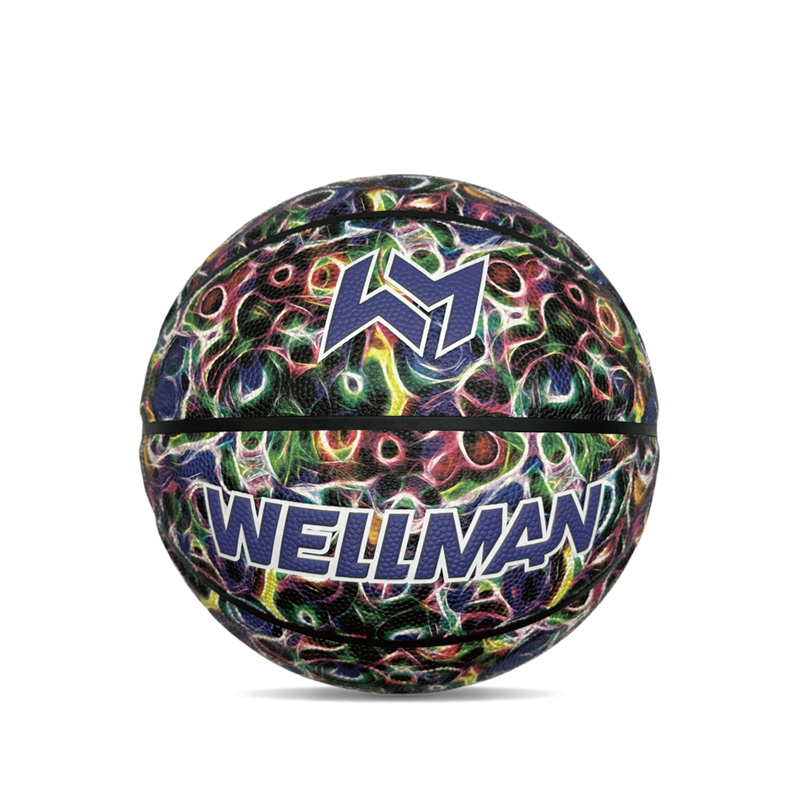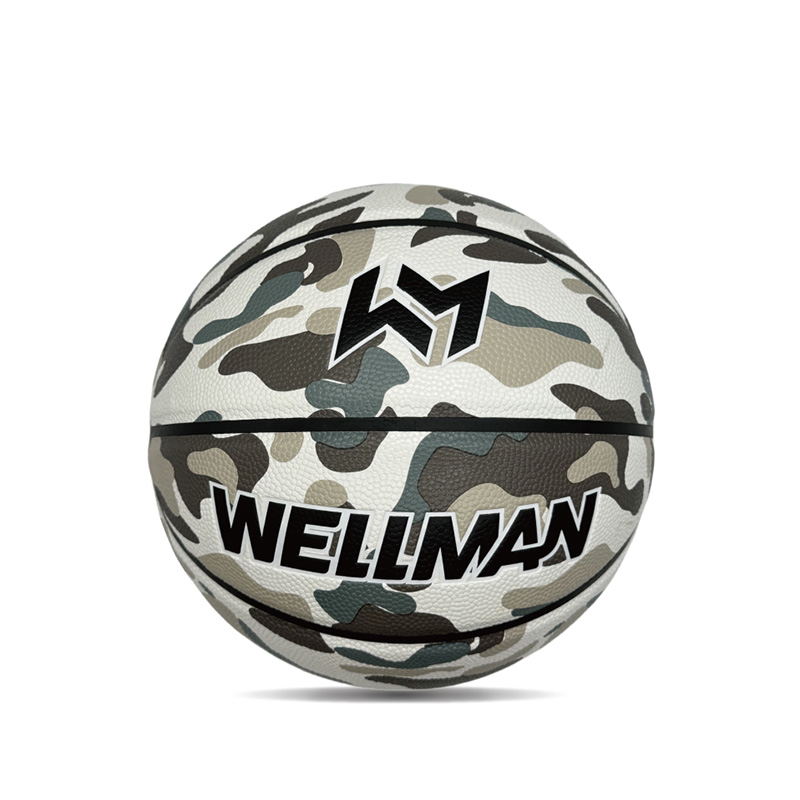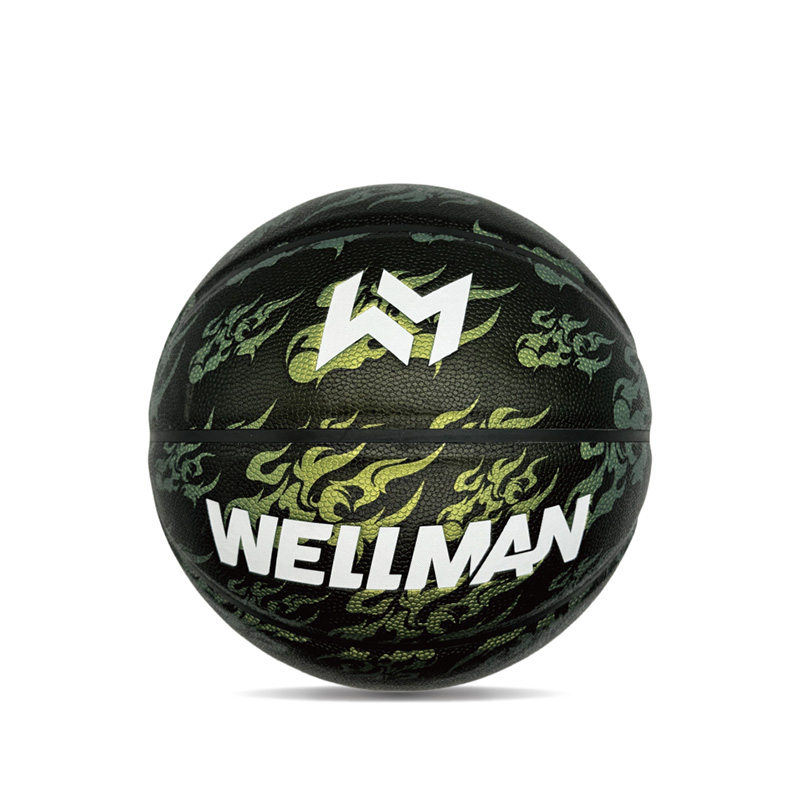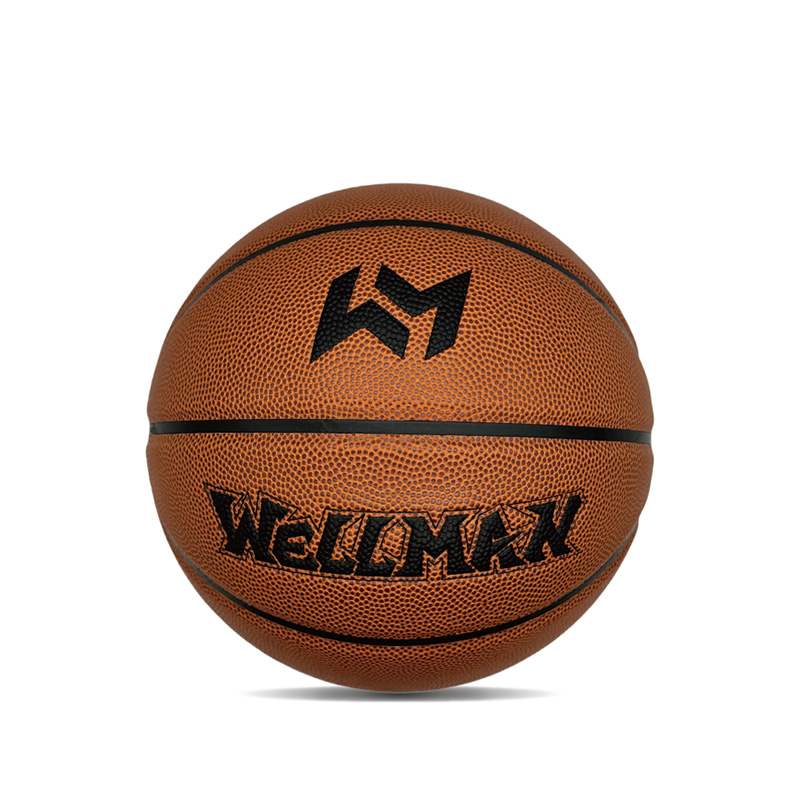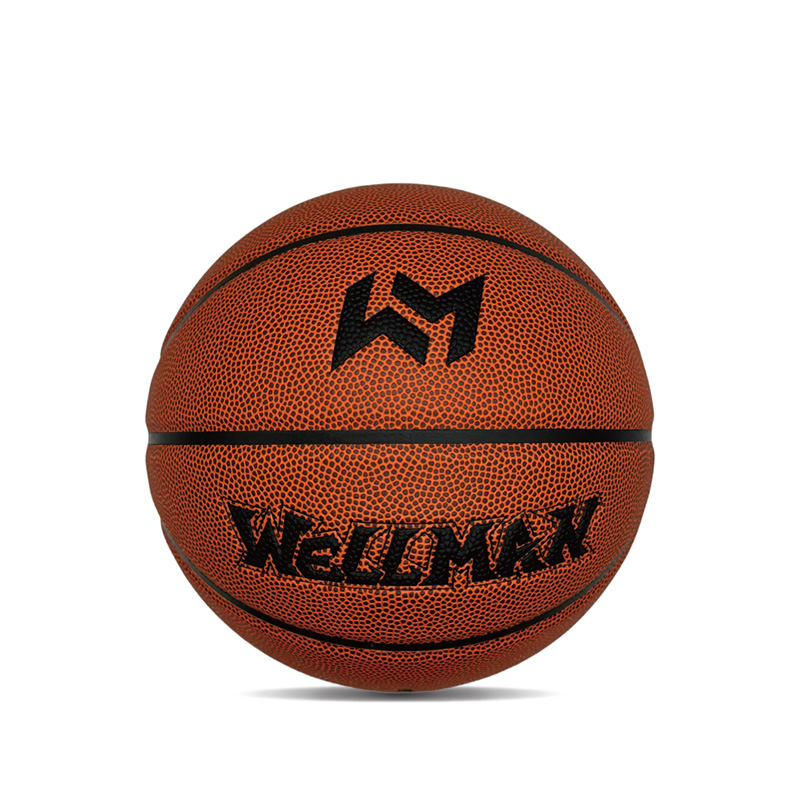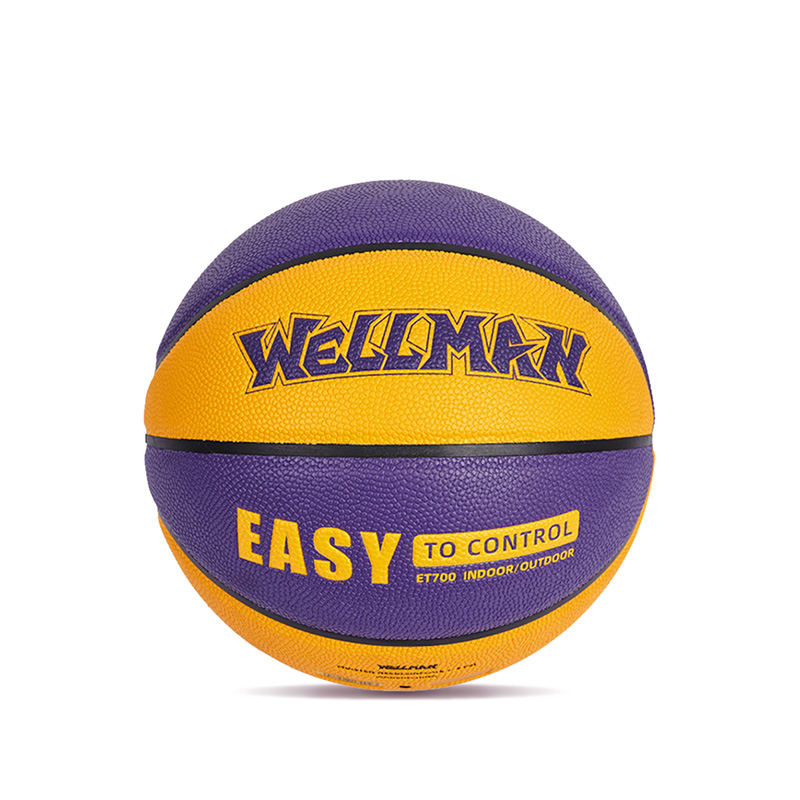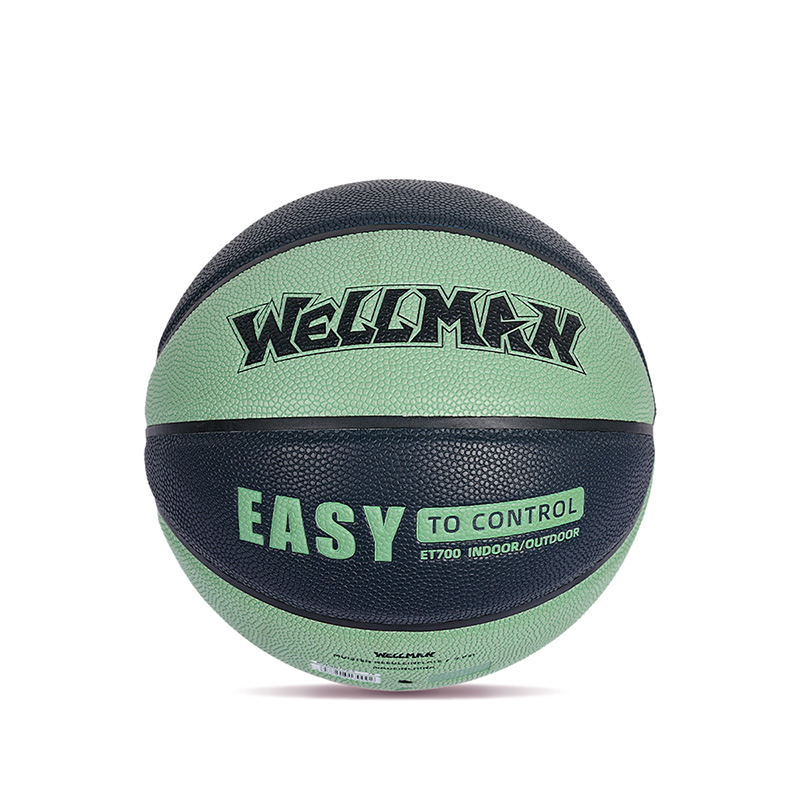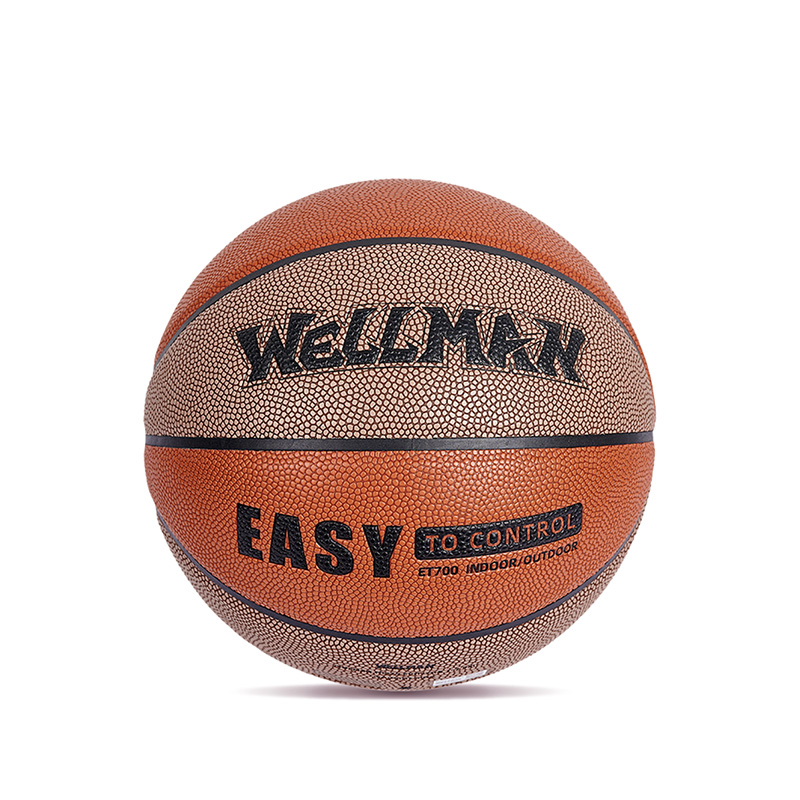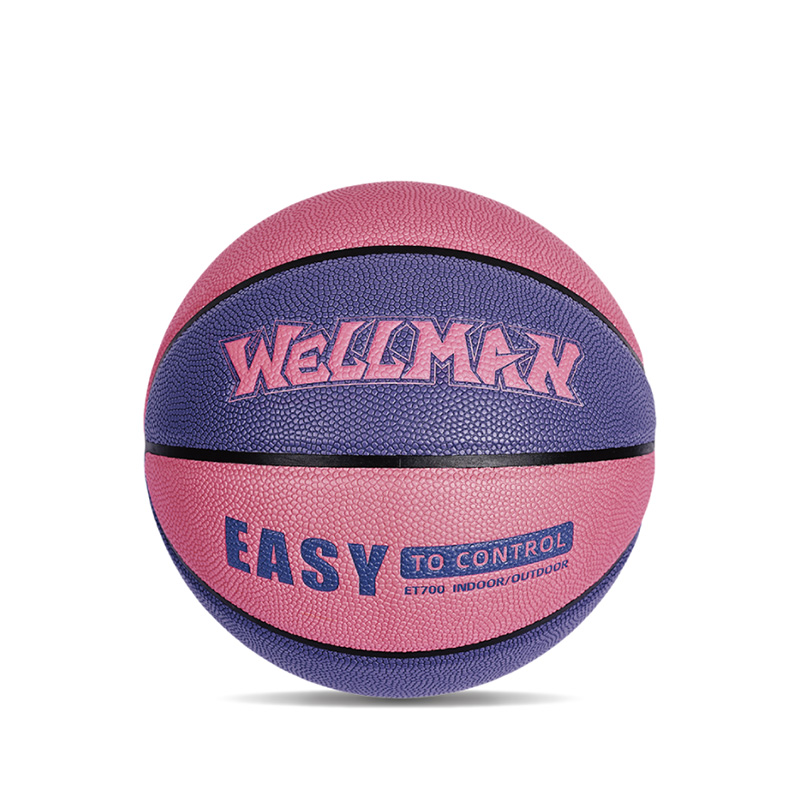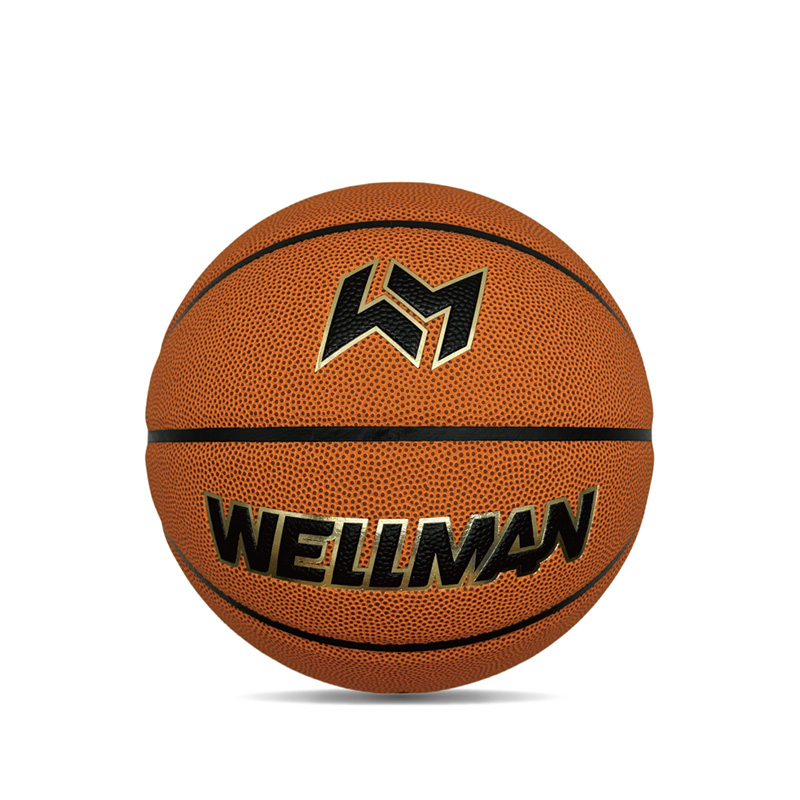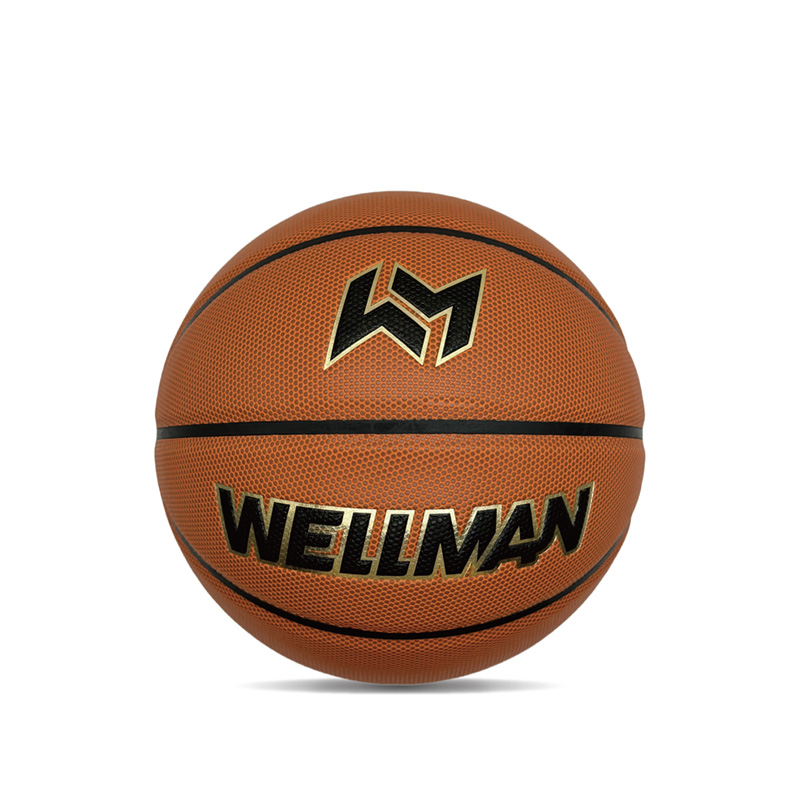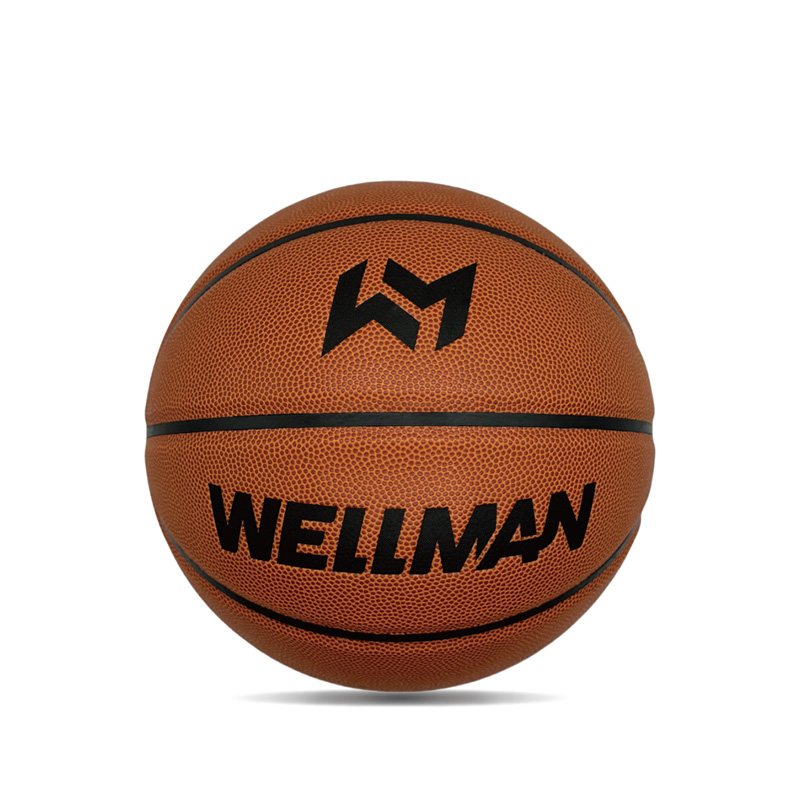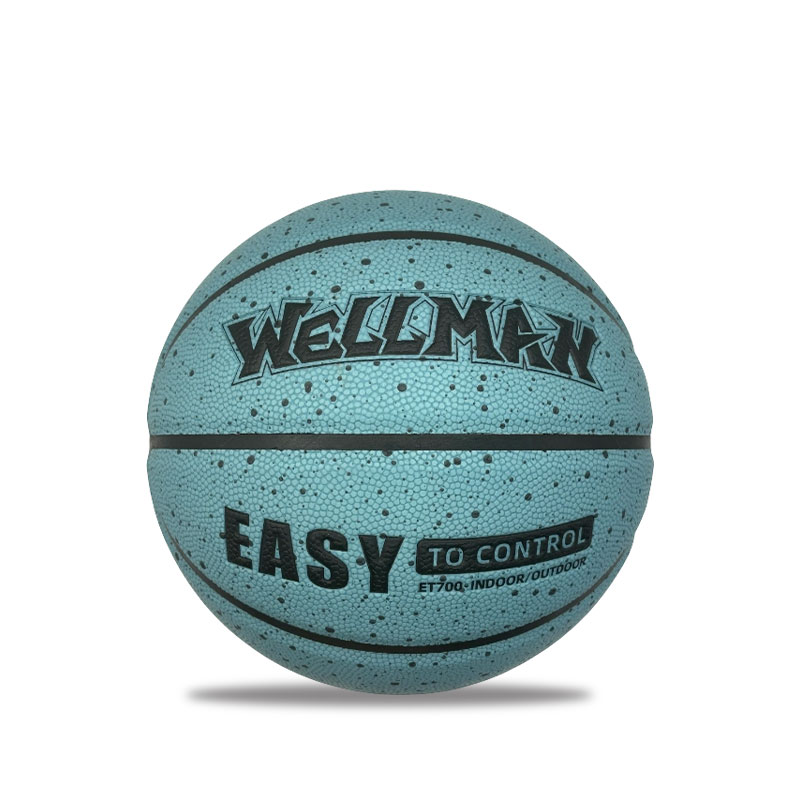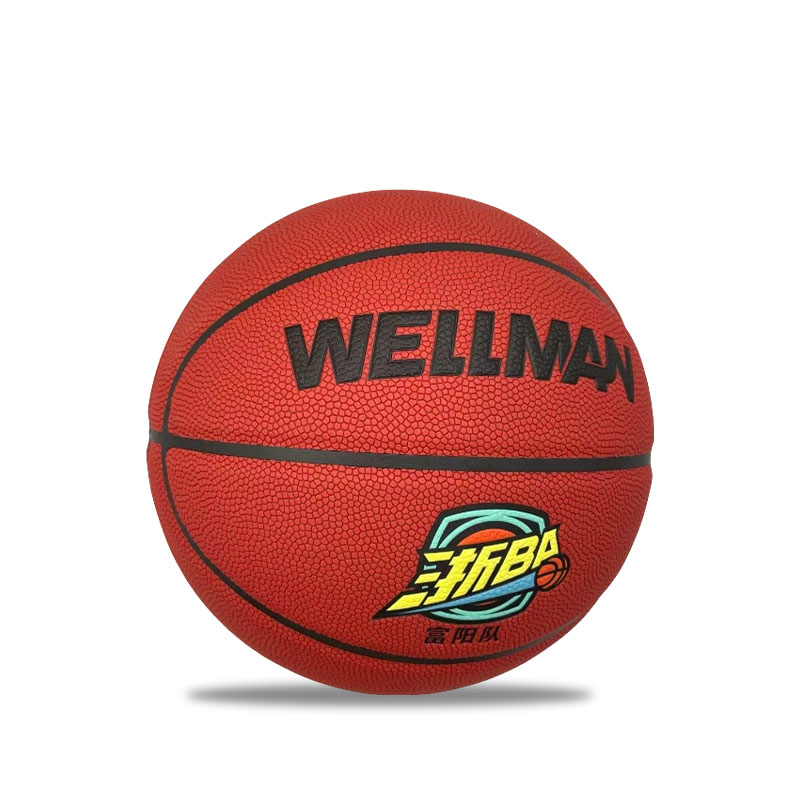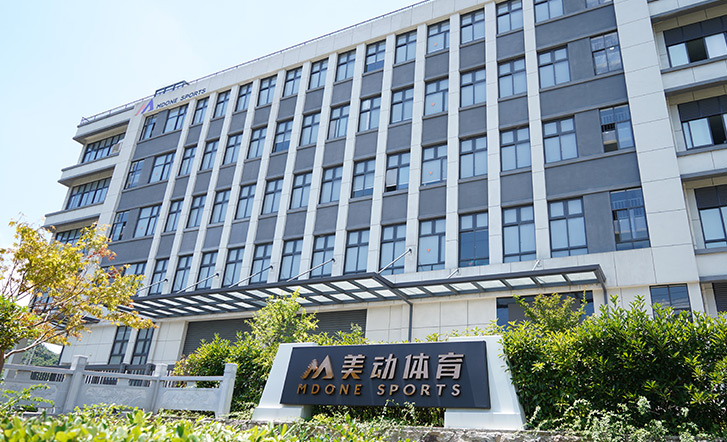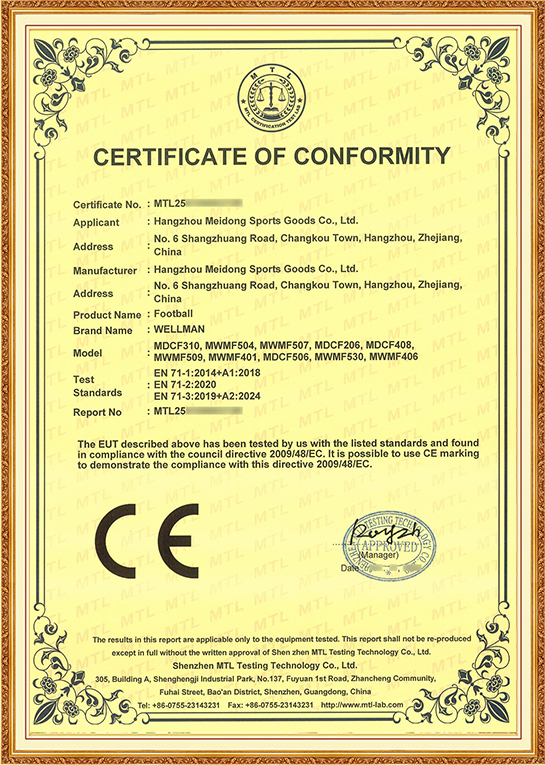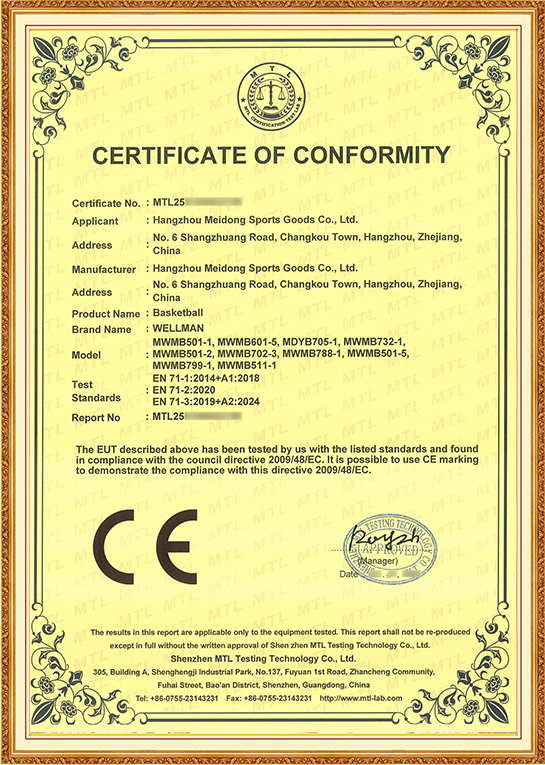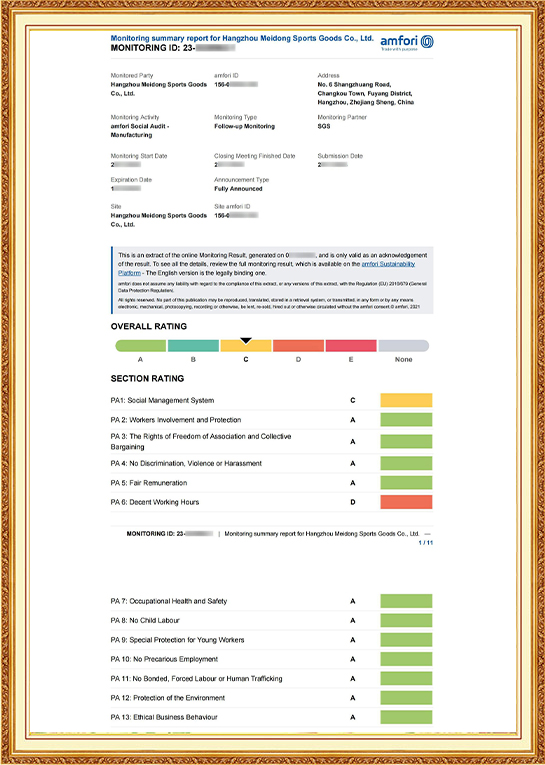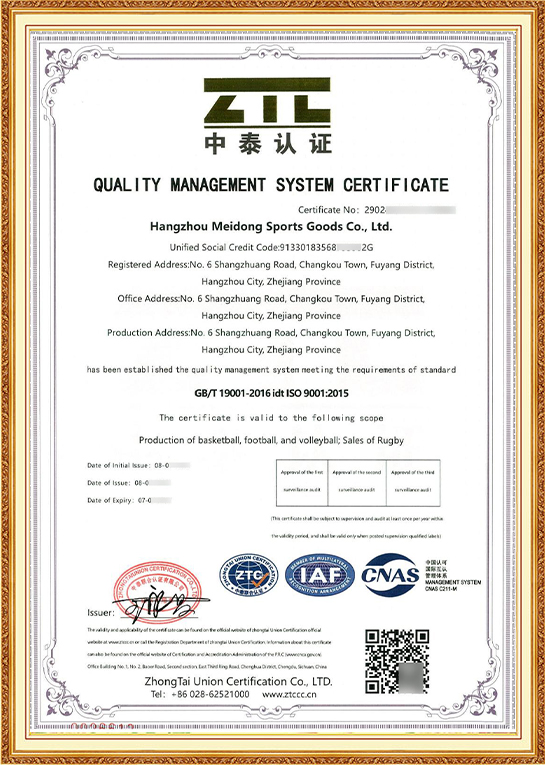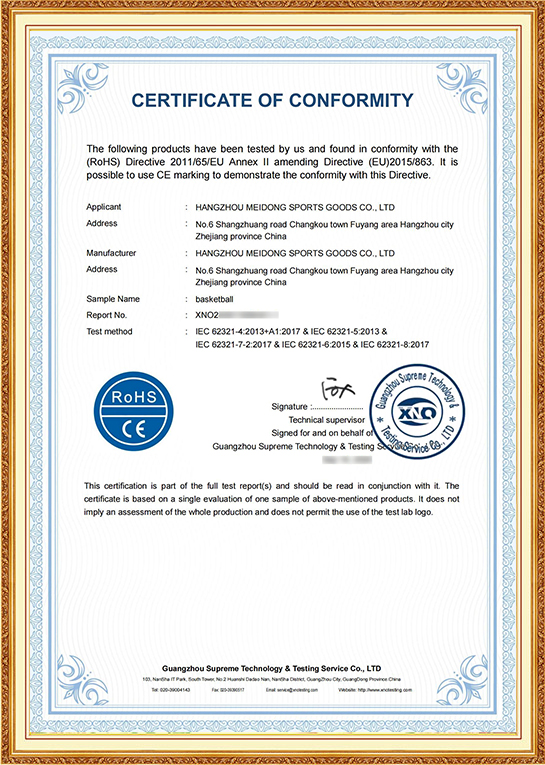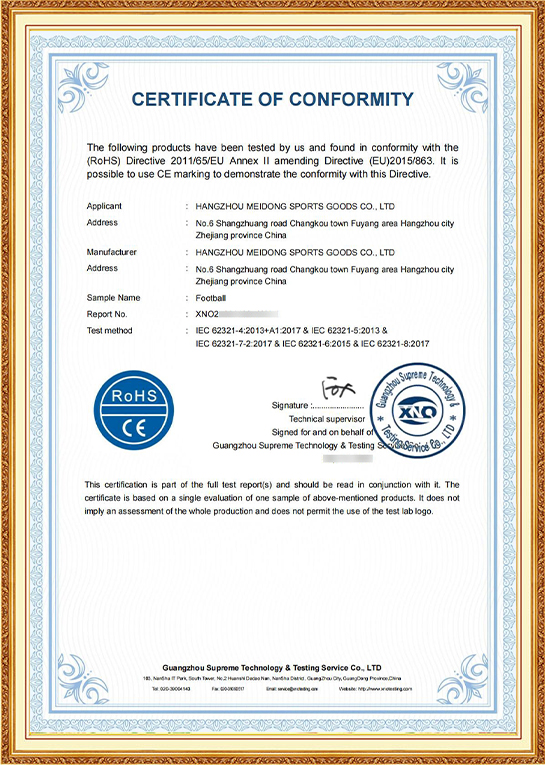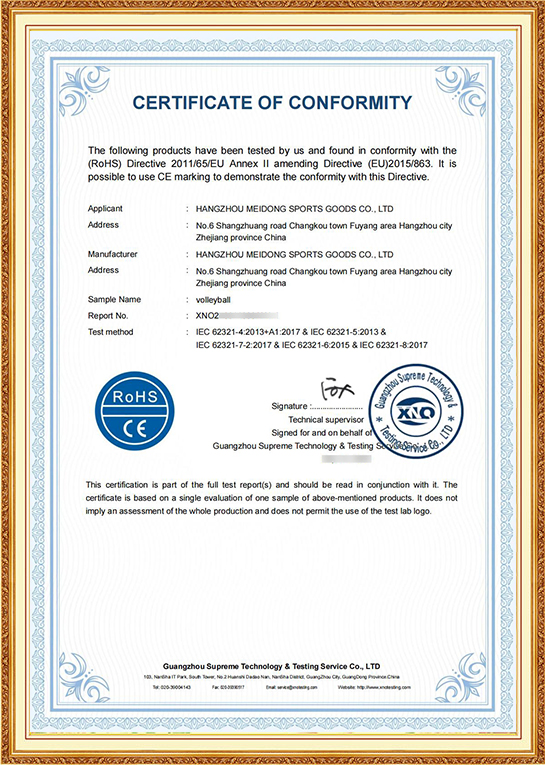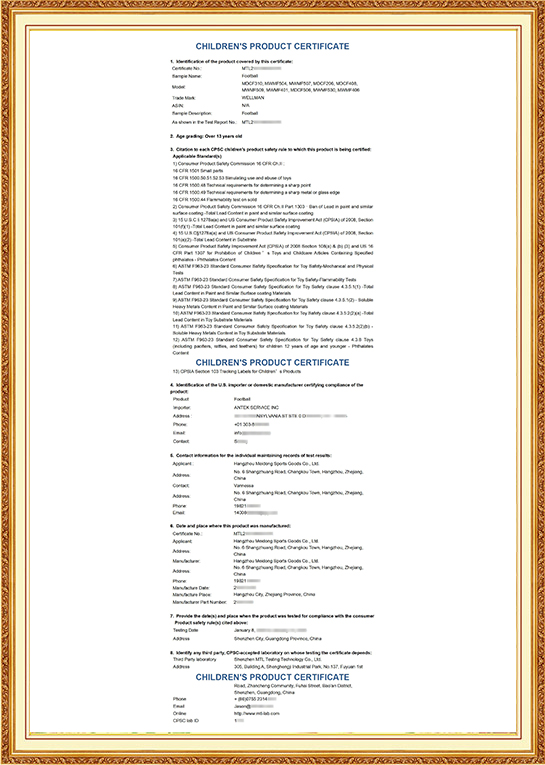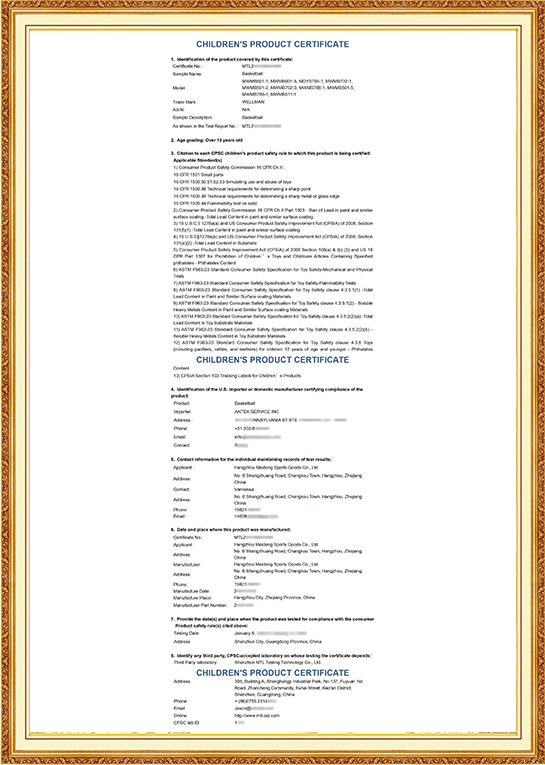What Makes an Ideal Training Basketballs? Understanding Grip, Bounce, and Real-World Performance
When it comes to choosing the right training basketball, there’s much more at play than just picking any ball off the shelf. A well-designed training ball is not just a tool—it’s a crucial component in shaping the performance, confidence, and consistency of players at every stage of development. While competition basketballs are built for peak performance during official matches, training basketballs must endure repetitive use, adapt to varied environments, and still offer a feel that mimics game-day conditions. For manufacturers like us, this means striking the perfect balance between material science, craftsmanship, and real-world player feedback.
Grip is often the first thing players notice. A good training basketball needs a surface texture that encourages proper ball handling without becoming too sticky or slick over time. This is especially important for younger athletes and schools, where skill development takes precedence. PU or composite leathers with slightly deeper channels can improve finger placement and rotational control, giving athletes the tactile feedback they need to refine their technique. Rubber balls, while cost-effective, are typically textured more aggressively for outdoor durability and may compromise grip smoothness for precision drills indoors—something schools and coaches should factor in when evaluating training basketballs for schools.
Bounce consistency, though often overlooked by casual buyers, is just as critical. The internal bladder, valve quality, and panel construction all influence how a basketball responds to the floor. A good training basketball should mimic the bounce characteristics of competition basketballs as closely as possible to ensure muscle memory translates seamlessly from practice to play. If a ball is over-bouncy or under-inflated too easily, it disrupts dribbling rhythm and shot timing, which can lead to bad habits, especially in younger players still building foundational skills.
Training basketballs also need to survive intense use—sometimes hundreds of hours across different surfaces. For schools and training academies, this durability directly impacts cost-efficiency and performance stability. Indoor composite models may offer a premium experience but can degrade quickly on asphalt or rough concrete, whereas rubber-based balls withstand wear but may lack the finesse needed for more advanced drills. Manufacturers must engineer each model with a clear understanding of the user environment, whether that’s a polished gym floor or a multi-purpose outdoor court.
Equally important is the role training basketballs play in progressive skill development. For example, using different sizes and weights tailored to age groups can support ergonomic growth and avoid strain injuries. Smaller size 5 or size 6 balls for younger students help instill confidence and accuracy, especially in school programs where early positive experiences with the game are essential. As students advance, training basketballs should transition smoothly to replicate the feel and dynamics of full-size competition basketballs.
For coaches and athletic program coordinators, investing in the right type of training basketball is not just about buying a product—it’s about enabling long-term growth. Whether selecting equipment for elite-level prep teams or broader physical education use, it’s wise to work with suppliers who understand these nuances and can provide options that align with the specific goals of the institution. As a manufacturer with years of experience working directly with schools and training programs, we design each of our training basketballs to serve not just the game, but the future of the player.
In the end, a great training basketball blends grip, bounce, and durability in a way that reflects how the game is actually played. It supports skill refinement without introducing mechanical flaws, it responds predictably, and it holds up to rigorous practice. Whether you're outfitting a sports academy or searching for training basketballs for schools, choosing wisely makes a difference—and we’re here to make that choice easier with reliable, performance-focused solutions built on real experience.


 English
English русский
русский Español
Español Deutsch
Deutsch عربى
عربى 中文简体
中文简体

